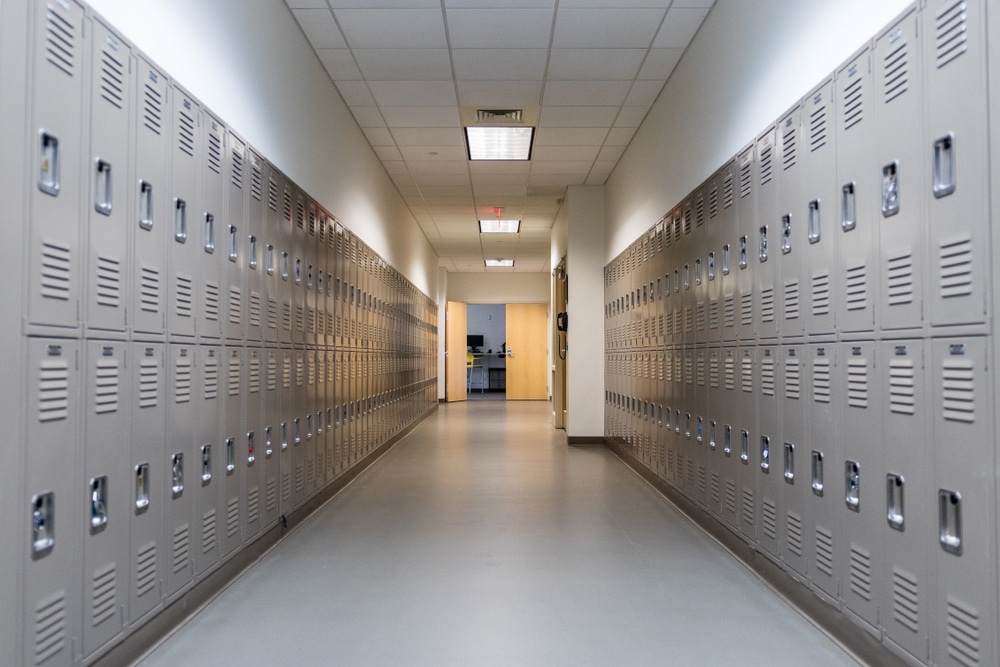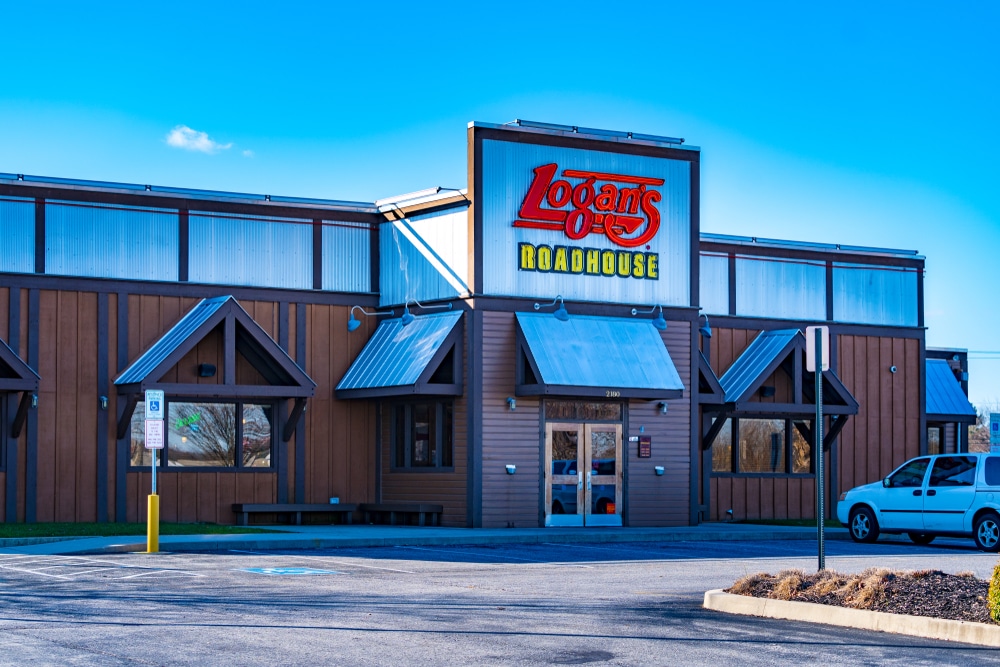The U.S. consumer price index rose 8.5% in July from a year ago — down from a 40-year high of 9.1% in June. But hot inflation continues to hit consumers hard. According to the National Energy Assistance Directors Association, roughly 20 million households in the U.S. — one out of six homes — are behind on their utility bills.
The consequences could be dire. “I expect a tsunami of shutoffs,” Jean Su, a senior attorney at the Center for Biological Diversity, tells Bloomberg. Electricity prices have spiked due to the skyrocketing cost of natural gas. According to the Energy Information Administration, natural gas is the biggest source of electricity generation in the U.S.
A year ago, natural gas traded at $4.31 per metric million British thermal unit. Today, it’s at $9.34 per MMBtu. The Bureau of Labor Statistics reported that July prices for electricity jumped 15.2% from a year ago, marking the biggest 12-month increase since 2006.
While you can’t control electricity prices, there are small things you can do to lower your energy bill. Every bit counts. Compared to big household appliances, light bulbs don’t seem like a big deal in terms of energy consumption. But it all adds up.
According to the U.S. Department of Energy, lighting accounts for approximately 15% of an average household’s electricity use. To lower the lighting portion of your electricity bill, consider LED bulbs. They consume up to 90% less energy than traditional incandescent bulbs and can last up to 25 times longer.
The Department of Energy says by switching to LED lighting, the average household can save about $225 in energy costs per year. That said, LED bulbs tend to be more expensive to buy than incandescent bulbs. To get the greatest energy savings, look for LED bulbs that are ENERGY STAR-rated. (Yahoo)

















